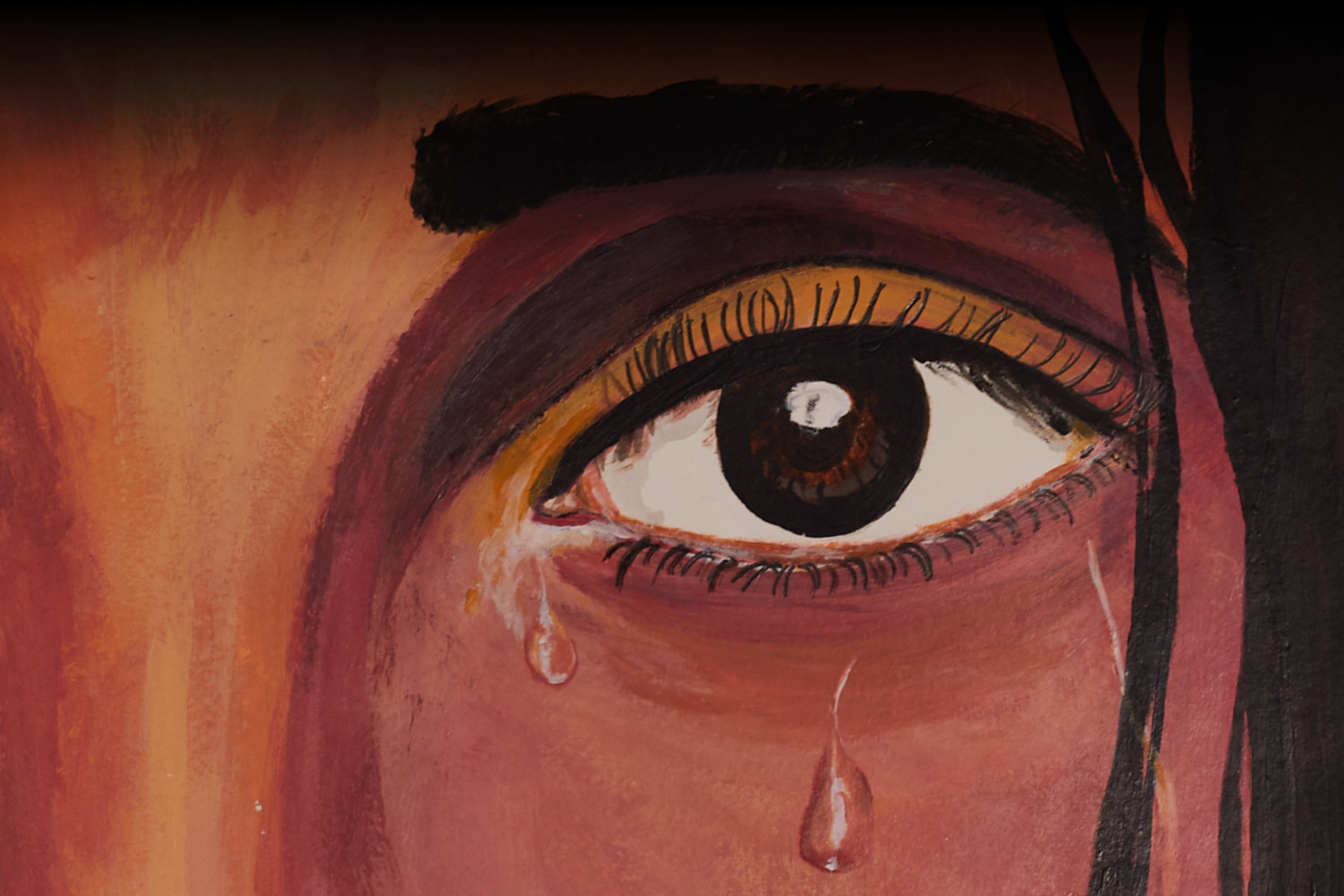Faces on the Blockchain

An experiment with art and NFTs
I’ve been collecting art, land, monsters and many other objects and creatures as NFTs on multiple blockchains for about a year now so it was about time for a first attempt at launching a project. I’d like to introduce you to such a project, a lovely collaboration that started at home.
It’s not a coincidence that this announcement comes a few days after stating my thoughts on the blockchain revolution that is already here but only a tiny group has been able to grasp. I received messages from puzzled readers wondering how I could write about freedom and anarchism and also be in favor of evil jpegs of apes polluting the planet and those questions only tell me that plenty of people have a lot more reading and learning to do; I truly hope they do that.
Today, I’m not here to retort but to share the news.
The experiment
The project is called Faces and is a small set of oil, acrylic and pastel paintings that my wife, Yesenia, created between 2016 and 2019, and that we are selling as NFTs on Tezos, an energy-efficient blockchain with low transaction costs and a thriving community of artists, collectors, and programming and economics wizards.
Yesi did all of the hard work and I just nudged her to let me grab my camera, take some shots and do some light photo editing—the goal was to reproduce them as close to the originals as possible. The collection is composed of ten pieces but the marketplace we’re using, Objkt, will list them as eleven as I made a mistake and minted one, Hungry for More, twice.
We have listed two paintings as unique editions, one as five editions, and the rest are all in editions of fifteen, except Hungry for More with thirty. The prices start at 2.5 XTZ (around $9 as of January 2022) so anybody, including those new to digital art and NFTs, should be able to catch one piece.
And what about the originals? They are safe with us but who knows, they may eventually find their way to some of our collectors’ cribs.
Pak recently said on a Twitter Space that “creators create collectors.” We hope this first experiment of ours does just that.